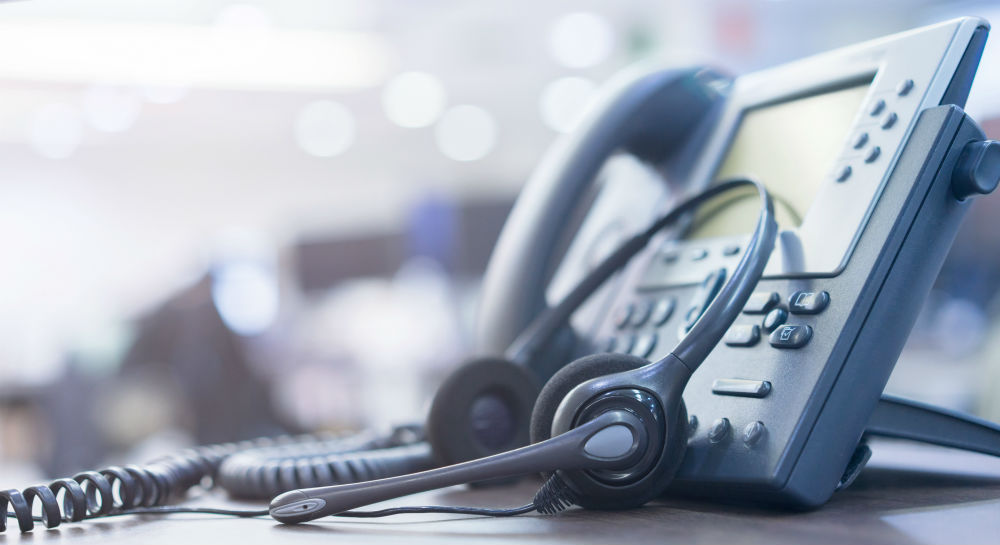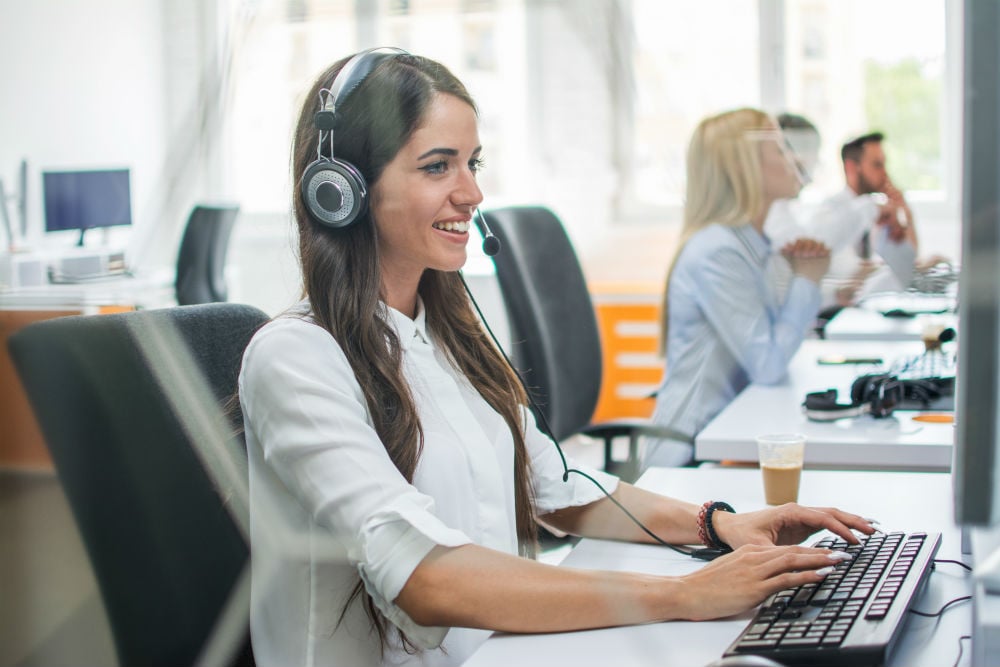All Categories
Featured
Table of Contents
- – Where Is The Best 17 Reasons Why You Need A Tel...
- – How Much Should I Pay For Telephone Answering ...
- – What Is The Best Phone Answering Services - Us...
- – What Is The Best What Is A Phone Answering Se...
- – Which Is Best What Is An Answering Service? L...
- – What Is The Best What Is An Answering Servic...
Where Is The Best 17 Reasons Why You Need A Telephone Answering Service Deal
This gadget and its successors were designed by Sava Jacobson, an electrical engineer with a private consulting service. While early voice mail utilized magnetic tape technology, a lot of modern devices uses strong state memory storage; some devices utilize a combination of both, with a solid-state circuit for the outbound message and a cassette for the inbound messages.
"toll conserving" listed below) (phone answering service). This works if the owner is evaluating calls and does not want to speak with all callers. In any case after going, the calling celebration ought to be informed about the call having been addressed (for the most part this starts the charging), either by some remark of the operator, or by some welcoming message of the TAD, or addressed to non-human callers (e.
This holds especially for the Littles with digitally saved welcoming messages or for earlier makers (before the rise of microcassettes) with a special unlimited loop tape, different from a second cassette, committed to recording. There have actually been answer-only devices with no recording capabilities, where the welcoming message had to inform callers of a state of present unattainability, or e (answer phone service).
How Much Should I Pay For Telephone Answering Service Melbourne Cbd Australia?

about accessibility hours. In recording TADs the welcoming usually contains an invitation to leave a message "after the beep". An answering device that uses a microcassette to tape messages On a dual-cassette answerphone, there is an outbound cassette, which after the defined number of rings plays a pre-recorded message to the caller.

Single-cassette voice mail consist of the outbound message at the start of the tape and incoming messages on the staying area. They first play the announcement, then fast-forward to the next offered space for recording, then tape the caller's message. If there are many previous messages, fast-forwarding through them can trigger a significant delay.
This beep is often referred to in the greeting message, asking for that the caller leave a message "after the beep". Little bits with digital storage for the recorded messages do not reveal this hold-up, obviously. A little bit may provide a push-button control facility, whereby the answerphone owner can ring the home number and, by entering a code on the remote telephone's keypad, can listen to tape-recorded messages, or erase them, even when away from home.
What Is The Best Phone Answering Services - Usa, Europe For The Price

Therefore the device increases the number of rings after which it answers the call (normally by 2, leading to 4 rings), if no unread messages are presently stored, but answers after the set variety of rings (typically two) if there are unread messages. This allows the owner to learn whether there are messages waiting; if there are none, the owner can hang up the phone on the, e.
Some machines likewise enable themselves to be remotely activated, if they have actually been turned off, by calling and letting the phone ring a particular large number of times (usually 10-15). Some provider desert calls currently after a smaller number of rings, making remote activation difficult. In the early days of Littles an unique transmitter for DTMF tones (dual-tone multi-frequency signalling) was regionally needed for push-button control, given that the previously employed pulse dialling is not apt to communicate suitable signalling along an active connection, and the dual-tone multi-frequency signalling was implemented step-by-step.
Any incoming call is not identifiable with respect to these homes in advance of going "off hook" by the terminal equipment. So after going off hook the calls should be switched to appropriate devices and only the voice-type is right away available to a human, but perhaps, nonetheless need to be routed to a LITTLE BIT (e.
What Is The Best What Is A Phone Answering Service? Deal Out There
What if I told you that you do not need to in fact pick up your device when responding to a customer call? Somebody else will. So hassle-free, ideal? Addressing call does not need somebody to be on the other end of the line. Efficient automated phone systems can do the trick just as efficiently as a live representative and often even better.
An automated answering service or interactive voice reaction system is a phone system that communicates with callers without a live person on the line - professional phone answering service. When companies utilize this technology, customers can get the answer to a question about your service just by utilizing interactions set up on a pre-programmed call flow.
Although live operators upgrade the customer care experience, many calls do not require human interaction. A basic taped message or directions on how a client can obtain a piece of information normally resolves a caller's instant requirement - phone answering. Automated answering services are a basic and reliable method to direct inbound calls to the best person.
Which Is Best What Is An Answering Service? Lg Or Whirlpool
Notice that when you call a business, either for support or product inquiry, the very first thing you will hear is a pre-recorded voice greeting and a series of alternatives like press 1 for customer support, press 2 for inquiries, and so on. The pre-recorded alternatives branch out to other choices depending on the customer's selection.
The phone tree system helps direct callers to the right individual or department utilizing the keypad on a smart phone. In some instances, callers can use their voices. It deserves keeping in mind that auto-attendant choices aren't restricted to the 10 numbers on a phone's keypad. Once the caller has chosen their very first alternative, you can create a multi-level auto-attendant that utilizes sub-menus to direct the caller to the right type of support.
The caller does not need to interact with an individual if the auto-attendant phone system can manage their issue. The automatic service can route callers to a staff member if they reach a "dead end" and require support from a live agent. It is costly to hire an operator or executive assistant.
What Is The Best What Is An Answering Service? - Ruby Blog Deal Out There
Automated answering services, on the other hand, are significantly less costly and offer considerable cost savings at an average of $200-$420/month. Even if you do not have devoted staff to deal with call routing and management, an automatic answering service improves efficiency by allowing your group to focus on their strengths so they can more effectively spend their time on the phone.
A sales lead routed to customer support is a lost shot. If a client who has item concerns reaches the incorrect department or receives insufficient answers from well-meaning workers who are less trained to deal with a specific kind of concern, it can be a reason for disappointment and discontentment. An automated answering system can lessen the variety of misrouted calls, therefore assisting your workers make much better usage of their phone time while freeing up time in their calendar for other tasks.
With Automated Answering Systems, you can produce a personalized experience for both your staff and your callers. Make a recording of your primary welcoming, and simply update it regularly to reflect what is going on in your company. You can produce as numerous departments or menu alternatives as you desire.
Table of Contents
- – Where Is The Best 17 Reasons Why You Need A Tel...
- – How Much Should I Pay For Telephone Answering ...
- – What Is The Best Phone Answering Services - Us...
- – What Is The Best What Is A Phone Answering Se...
- – Which Is Best What Is An Answering Service? L...
- – What Is The Best What Is An Answering Servic...
Latest Posts
Detailed Virtual Receptionist Near Me
Guaranteed Live Receptionist Service – Sydney
Reliable Professional Answering Service Near Me – SA
More
Latest Posts
Detailed Virtual Receptionist Near Me
Guaranteed Live Receptionist Service – Sydney
Reliable Professional Answering Service Near Me – SA